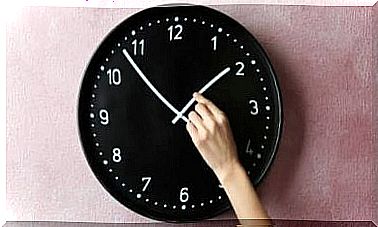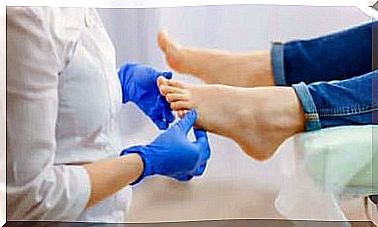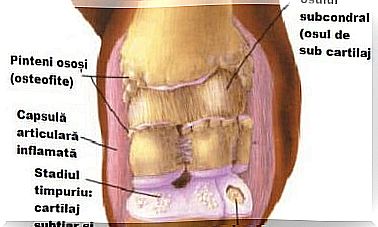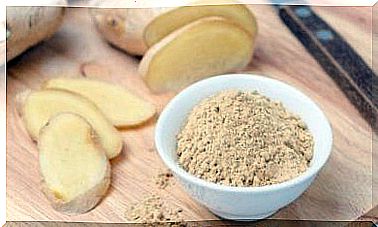Recovery From Knee Arthroplasty
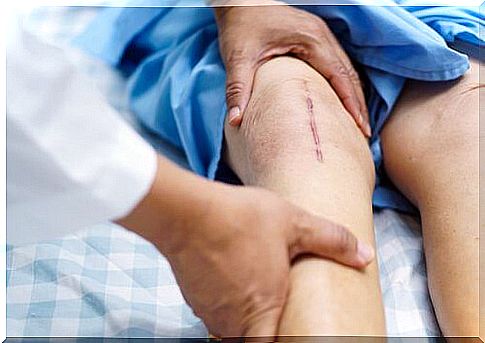
Knee arthroplasty is a safe surgery that generally provides good results. However, for the procedure to be successful, the patient must strictly follow the doctor’s recommendations. Recovery from knee arthroplasty is obviously an essential step.
The steps to follow are not a mystery. The patient must take care of the wound, take all the medications prescribed to him and exercise regularly.
At the same time, he must be aware that recovery depends on how carefully he follows the steps mentioned above. Family support is indispensable in the home care stage. With a little willpower, you can get through this process well.
Knee arthroplasty intervention
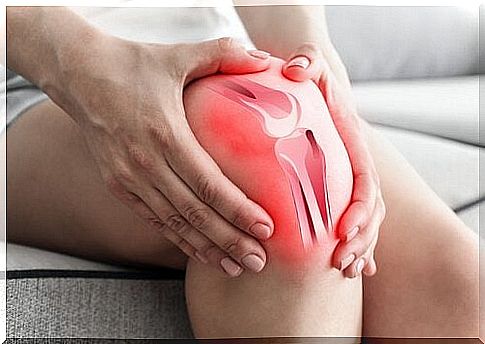
Degradation of the knees can have several causes. Age is the most common factor, with cartilage wear and tear over time. Other factors that negatively affect the knees are obesity, high-impact sports and occupations that require physical strength.
In some cases, the degradation process is very advanced and an implant is needed. Arthroplasty involves replacing the most important components of the knee joint with artificial ones.
The intervention itself usually takes between two and three hours. After the procedure, the patient is transported to the recovery ward. His knee will be bandaged and drained.
The next day, the doctor will perform an x – ray and, if everything looks good, the patient will be able to start stepping on the affected leg. This step marks the beginning of the recovery process.
What does recovery after knee arthroplasty entail?
Generally, after the arthroplasty operation, the patient has to spend two or three days in the hospital. Then the home recovery period will begin. At this stage, there are three steps that need to be taken to protect the affected knee. Here are the ones:
- Wound care: The main goal is to prevent infections. For this purpose, the dressing should be changed daily and the patient should take the medications prescribed to him.
- Following a balanced diet: A proper diet contributes significantly to recovery after knee arthroplasty. In addition, the doctor may prescribe dietary supplements, especially if the patient suffers from certain deficiencies.
- Regular exercise: This measure is essential, especially in the first few weeks of recovery. The physiotherapist will recommend an appropriate exercise regimen. Recovery time generally depends on the patient’s consistency.
Physiotherapy is very important. In such a program, the patient will have to walk and perform specific exercises. At the same time, he should resume his usual routine as soon as possible.
Other important tips
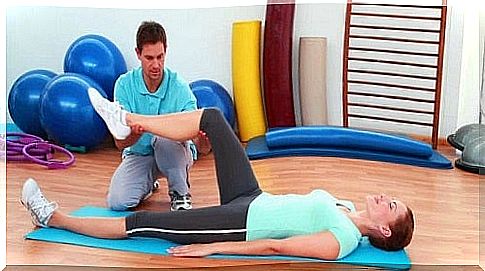
In order for recovery from knee arthroplasty to be as rapid a process as possible, the patient must consider several aspects. Here are the ones:
- Need for help: In the first days of recovery, the patient will need help to perform their daily tasks.
- Wound care: The wound should generally be bandaged until the doctor removes the wires. This will take place about two weeks after the intervention.
- Knee movement: The patient should move his knee and change the position of the foot every 20 minutes. He is not allowed to put pillows under the affected knee.
- Night discomfort: If the patient experiences discomfort at night, he should get up and walk.
- Adequate footwear: The patient should wear comfortable shoes that protect the toes. This measure is important to increase stability and avoid falls.
- Proper dressing: As the patient’s stability is reduced during the recovery period, he should sit down when dressing.
- Keeping hands free: When walking, it is recommended that the patient not hold anything in his hands. Its main objective must be to avoid falls.
- Use of walking frames: The patient should not use walking frames, crutches or sticks without the doctor’s advice.
Alarm signals that may occur after knee arthroplasty
Like all surgeries, knee arthroplasty presents risks and complications in the postoperative period. There are certain alarm signals that should never be ignored. The patient should be taken to the hospital immediately if he notices any of the following symptoms:
- Abundant bleeding in the incision
- Constant high fever
- Extreme pain that cannot be relieved with painkillers
- Excessive inflammation of the knee
- Abnormal pigmentation of the skin in that region (especially if it becomes very red, purple or black)
- Deviation of the knee or inability to step on the foot after a fall
